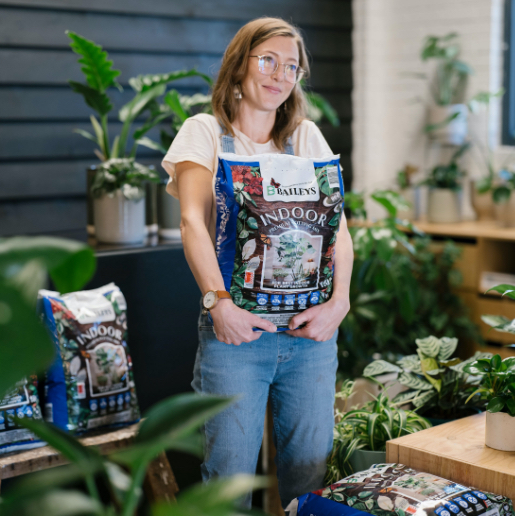
Join our Great Gardens Club!
Sign up to enjoy 15% off your first purchase from Baileys online. Plus, get our monthly WA gardening tips, latest news and promotions straight to your inbox.

Sign up to enjoy 15% off your first purchase from Baileys online. Plus, get our monthly WA gardening tips, latest news and promotions straight to your inbox.
KOHLRABI is a strange-looking vegetable belonging to the Brassica family. This delicious veggie is extremely versatile and crammed with vitamins, minerals and other health-giving properties. It has a sweet peppery flavour similar to Broccoli stems. Varieties with white, light green or purple skins are available and the entire vegetable is edible.
It's a relatively easy vegetable to grow, thriving in cooler conditions. It doesn't need much space and would quite happily be planted alongside cool-season flowers like pansies and violas in pots or tubs.
Bigger is not better when it comes to kohlrabi. The smaller the size the tastier it is.
Planting
Kohlrabi seeds can be started indoors or directly in the garden.
Kohlrabi like well-worked, well-drained soil rich in organic matter. Enrich the soil with Baileys Soil Improver Plus which contains compost and manure that will encourage strong and healthy growth. If you have very sandy soils, use Baileys Clay & Compost.
If growing in pots or tubs, choose Baileys Veg & Herb Premium Planting mix.
Sow seeds 10-15cm apart, stamp the soil firmly. Seeds should germinate in 5-10 days. For best yield plant in full sun although they will tolerate partial shade. Water well.
Sow additional seeds at 4-week intervals for a continuous harvest in spring.
Maintenance & Harvest
Water regularly so the seeds don't dry out. Adding a layer of mulch will help keep the soil moist and prevent weeds from growing, use Baileys Moisture Mulch.
Feed with a complete, organic-based fertiliser such as Baileys Soil Matters Garden, little and often every two weeks until the bulb appears.
Harvest bulbs when they are between 5-7cm in diameter, generally 2-3 months after planting.
Pests
Watch out for slugs, snails, aphids, whitefly and caterpillars.
Aphids can deform kohlrabi leaves; you can control this pest by spraying insecticidal soap-based products or Neem oil. Use the same method to eliminate Whitefly.
Pick off caterpillars by hand and inspect the leaves regularly for eggs. Remove slugs and snails by torchlight at night, try and do this weekly.